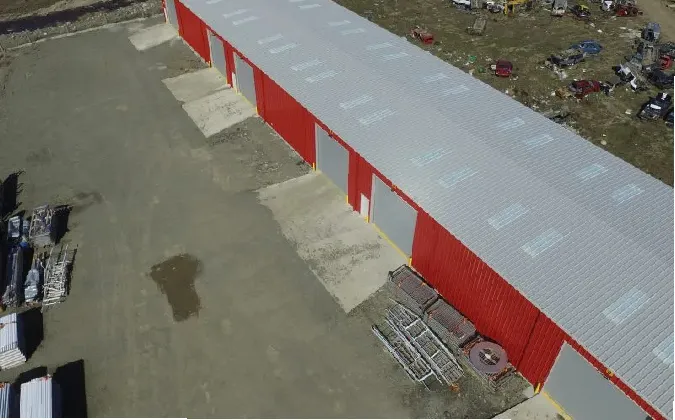- Afrikaans
- Albanian
- Amharic
- Arabic
- Armenian
- Azerbaijani
- Basque
- Belarusian
- Bengali
- Bosnian
- Bulgarian
- Catalan
- Cebuano
- Corsican
- Croatian
- Czech
- Danish
- Dutch
- English
- Esperanto
- Estonian
- Finnish
- French
- Frisian
- Galician
- Georgian
- German
- Greek
- Gujarati
- Haitian Creole
- hausa
- hawaiian
- Hebrew
- Hindi
- Miao
- Hungarian
- Icelandic
- igbo
- Indonesian
- irish
- Italian
- Japanese
- Javanese
- Kannada
- kazakh
- Khmer
- Rwandese
- Korean
- Kurdish
- Kyrgyz
- Lao
- Latin
- Latvian
- Lithuanian
- Luxembourgish
- Macedonian
- Malgashi
- Malay
- Malayalam
- Maltese
- Maori
- Marathi
- Mongolian
- Myanmar
- Nepali
- Norwegian
- Norwegian
- Occitan
- Pashto
- Persian
- Polish
- Portuguese
- Punjabi
- Romanian
- Russian
- Samoan
- Scottish Gaelic
- Serbian
- Sesotho
- Shona
- Sindhi
- Sinhala
- Slovak
- Slovenian
- Somali
- Spanish
- Sundanese
- Swahili
- Swedish
- Tagalog
- Tajik
- Tamil
- Tatar
- Telugu
- Thai
- Turkish
- Turkmen
- Ukrainian
- Urdu
- Uighur
- Uzbek
- Vietnamese
- Welsh
- Bantu
- Yiddish
- Yoruba
- Zulu
Ara . 29, 2024 02:18 Back to list
Steel and Timber Frame Construction A Harmonious Blend of Materials
In the world of architecture and construction, the choice of materials plays a pivotal role in determining the structural integrity, aesthetic appeal, and longevity of buildings. Among the various materials available, steel and timber stand out due to their unique properties and advantages. The integration of these two materials in construction has led to an innovative approach known as steel and timber frame construction, which combines the strengths of both elements to create efficient, sustainable, and visually striking structures.
The Strength of Steel
Steel has long been recognized for its exceptional strength and durability. As a building material, it provides structural support that can withstand heavy loads and resist deformation over time. Steel's high tensile strength allows for longer spans and fewer supporting columns, providing architects with greater design flexibility. Furthermore, steel is fire-resistant and can be easily recycled, making it an environmentally friendly choice when sourced from sustainable practices.
The Warmth of Timber
Contrasting steel’s industrial aesthetic, timber offers a natural warmth and beauty that is hard to replicate. Timber brings a tactile quality to buildings, making spaces more inviting and comfortable. The flexibility of timber also allows for intricate designs and detailing that can enhance the bespoke nature of a project. Moreover, timber is a renewable resource; when sourced responsibly, it has a lower carbon footprint compared to many other materials. Advances in treatment and engineering also make timber a viable option for modern construction, ensuring it meets the necessary durability and safety standards.
A Synergistic Approach
Combining steel and timber in frame construction allows builders to leverage the best characteristics of both materials. The steel frame provides a robust skeleton for the building, while timber elements can serve both structural and aesthetic purposes. This combination not only results in strong buildings but also in ones that are visually appealing and comfortable for occupants. The juxtaposition of the sleek, modern edges of steel with the organic textures of wood creates a striking visual dynamic that has captured the attention of architects and builders alike.
steel and timber frame construction

Sustainability Considerations
Steel and timber frame construction also plays a significant role in promoting sustainability in the built environment. With growing concerns about climate change and environmental degradation, the construction industry is under pressure to adopt more sustainable practices. The use of timber, when sourced from sustainably managed forests, contributes to carbon sequestration. As trees grow, they absorb CO2, and by using timber in construction, we are effectively storing carbon in buildings for decades. Moreover, the recyclability of steel complements the sustainability narrative, encouraging a circular economy where materials are reused and repurposed.
Versatility in Application
This construction method can be applied to a wide range of projects, from residential homes to commercial buildings and even public infrastructures like bridges. The versatility of steel and timber construction allows for the creation of spaces that are not only functional but also resonate with the users’ needs and preferences. Additionally, the combination of materials can improve energy efficiency, with the insulation properties of timber helping to regulate indoor temperatures and reduce energy consumption.
Challenges and Innovations
Despite its numerous advantages, steel and timber frame construction does come with challenges. For instance, the connection between steel and timber needs careful engineering to ensure stability and performance. Additionally, considerations such as moisture control and fire safety are paramount in ensuring the longevity of structures. However, ongoing research and technological innovations are addressing these challenges, making this hybrid construction method increasingly viable and popular.
Conclusion
Steel and timber frame construction represents a harmonious blend of modern engineering and traditional craftsmanship. As builders and architects continue to explore the potentials of these materials, we can expect to see a rise in innovative designs that not only push the boundaries of aesthetics but also adhere to sustainable practices. This approach not only meets the demands of contemporary society but also paves the way for a more sustainable future in construction, proving that it is possible to build strong, beautiful, and environmentally friendly structures without compromise.
-
Cold Formed Steel Residential Framing
NewsMay.21,2025
-
Innovative Steel Structure Building Solutions
NewsMay.19,2025
-
Innovative Prefab Metal Shed Solutions
NewsMay.19,2025
-
Durable Steel Horse Shelter Solutions
NewsMay.19,2025
-
Durable Metal Shed Solutions
NewsMay.19,2025
-
Durable Big Metal Shed Solutions
NewsMay.19,2025
Products categories
Our Latest News
We have a professional design team and an excellent production and construction team.












